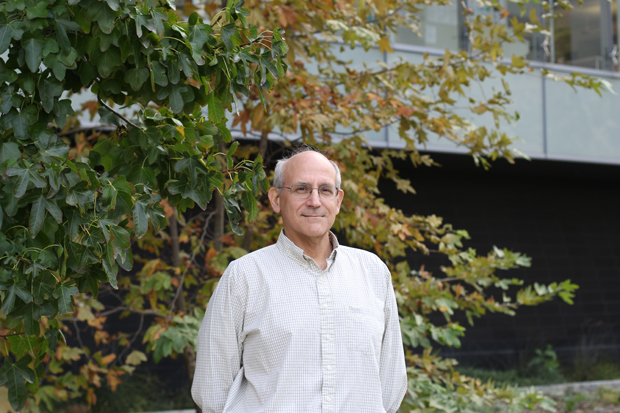During most of his 20s, Neil Segil, PhD, couldn’t imagine pursuing a career in science and being a professor. Now he’s doing both — as a principal investigator with USC Stem Cell and a professor of research at the Keck School of Medicine of USC in two departments: Stem Cell Biology and Regenerative Medicine, and Otolaryngology-Head and Neck Surgery.
“I enjoyed doing experiments and working in the lab, but wasn’t very eager to run one,” he explained.
After growing up mostly in Marblehead, MA., Segil studied philosophy and psychology at Hampshire College. He made his first foray into stem cell science with his senior thesis — a study about lens regeneration in newts published in the journal Developmental Biology.
He then traveled and worked as needed. He did a nine-month stint in a Harvard Medical School lab run by David Hubel, MD, and Torsten N. Wiesel, MD, who shared the 1981 Nobel Prize in Physiology or Medicine for explaining how the brain forms images using information from the retina.
Inspired, he enrolled in graduate school at the University of Washington to study retinal development but dropped out to move to New York City and work with a friend in an independent publishing company. They started a magazine, Europa, that published articles on East European political science and cultural affairs.
To support himself, he worked as a technician at New York University and realized that he missed the lab. So he enrolled in the PhD program at Columbia University, where he studied biochemistry. He did postdoctoral research at Rockefeller University before accepting a job at the House Research Institute, a nonprofit that specialized in the science of hearing.
In 2013, his lab relocated to the Eli and Edythe Broad CIRM Center for Regenerative Medicine and Stem Cell Research at USC.
Segil’s lab explores the development of the inner ear’s sensory cells, which don’t naturally regenerate in humans when damaged, even though they do in non-mammals such as birds.
Segil is also collaborating with USC Stem Cell researchers Justin Ichida, PhD, and Takahiro Ohyama, PhD, to reprogram skin cells into inner ear cells.
They will put these reprogrammed cells into a robotic screening machine, which will allow them to test thousands of drugs to find ones that protect against or reverse hearing damage, and stimulate regeneration.
— Cristy Lytal


